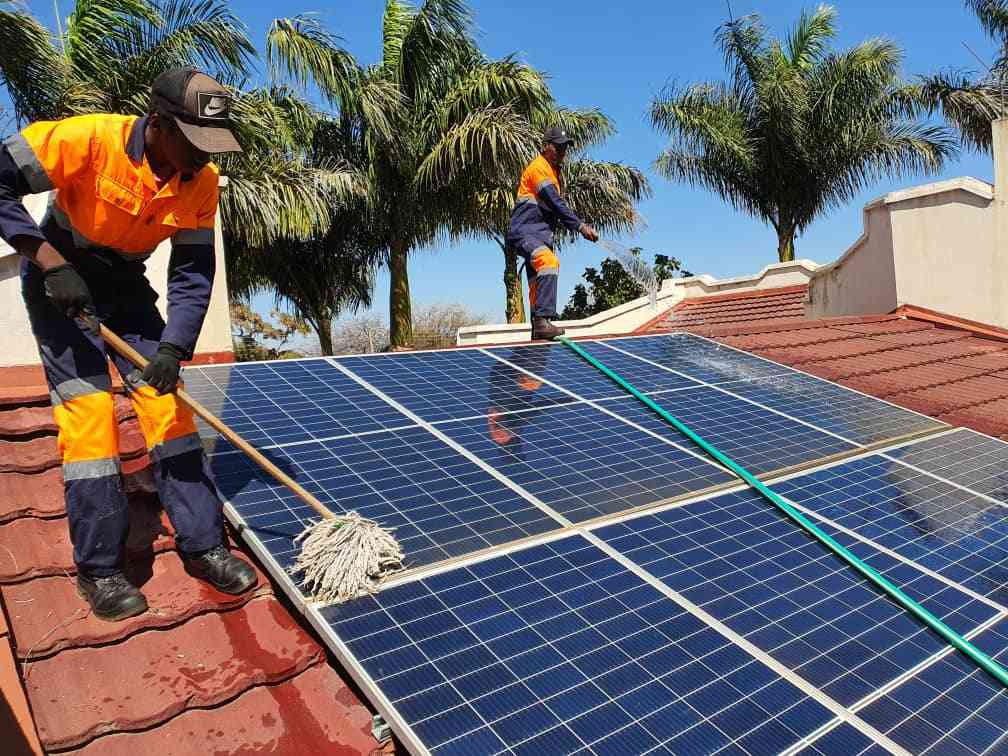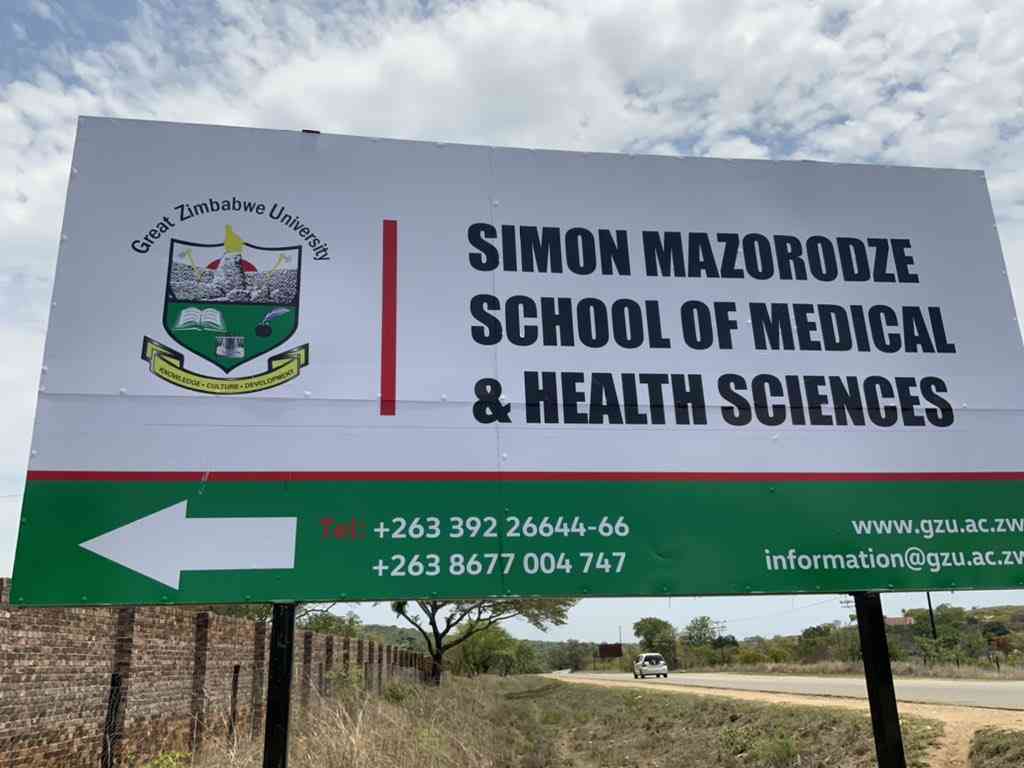
ZIMBABWE is facing a serious energy crisis that has resulted in long hours of load shedding, sometimes as long as 16 hours per day.
The country’s energy demands at present are estimated at 4 000 megawatts (MW) of electricity whereas we currently produce only about 1 400MW.
This is unsustainable and many households and industries are now turning to their own private sources of energy like solar plants, diesel generators and windmills.
Poor working-class and peasant families, who cannot afford these things, are bearing the brunt of the energy crisis, but everyone is suffering because electricity generated from private sources is generally more expensive than electricity from the national grid and goods produced using privately-generated electricity are correspondingly more expensive.
The current energy mix
Zimbabwe gets its electricity from several sources.
Hydro-electric power
The country currently has two hydro-electric power stations built on the Kariba Dam — Kariba North and Kariba South.
- System Tazvida’s grave vandalised
- System Tazvida’s grave vandalised
- Low tariffs weigh down ZETDC
- ‘Systems disturbance hits Hwange Power Station’
Keep Reading
They have a combined output of 1 200MW, but the current output is less than a quarter because of breakdowns, obsolete equipment and in recent years, low levels of water in the dam for electricity generation.
Private mini-hydros
There are several small hydro-electric power stations across the country with outputs ranging from 2MW to 5MW.
They are, however, for the use of their private owners, though they re-channel excess power to the national grid.
Thermal power stations
Zimbabwe potentially has four thermal power stations: Hwange, Munyati, Bulawayo and Harare.
Hwange has the largest output at around 600MW after its recent refurbishment, which was paid for by a Chinese loan [increasing our national debt].
Munyati, Bulawayo and Harare power stations still need to be refurbished before they can contribute anything to the national power grid.
Dema diesel power plant
The US$200 million-dollar Dema diesel power plant remains unused after being commissioned in 2016.
Many doubted the wisdom of setting up a diesel power plant, which is expensive to run, at a time when Zimbabwe was struggling to import fuel.
Solar farms
Zesa Holdings appointed a local company, Intratek Zimbabwe headed by Wicknell Chivayo, to set up a US$100 million solar farm project in Gwanda.
The feasibility of the project is still being assessed yet the government has already paid Intratek US$5 million in advance.
The project is riddled in legal wrangles after Zesa tried to cancel the contract.
Private players are setting up solar farms like the one in Nyabira set up by Centragrid and the one in Selous established by Zimplats.
Econet, through its subsidiary DPA, has started putting solar panels on roofs of large warehouses for private energy use.
Power imports
Zimbabwe imports power from the Democratic Republic of Congo’s SNEL, Mozambique’s HCB and South Africa’s Eskom, but its ability to continue these imports has been imperilled by swelling debts owed by Zesa to the three power companies.
Foreign currency scarcity has exacerbated the situation as Zimbabwe can no longer import power on debt, especially when Zesa’s and the country’s financial stability is perilous.
New investments into energy
Despite the efforts mentioned above, Zimbabwe is still facing an acute energy crisis and new sources of energy have to be found urgently.
Possible sources include the Batoka Gorge Hydroelectric Project.
More solar farms could be established as Zimbabwe enjoys a fair warm weather for most of the year.
Incentives could be put in place to encourage electricity consumers, both commercial and domestic, to switch to solar.
A new energy policy
Zimbabwe needs a new comprehensive energy policy that looks at the energy mix and funding mechanisms.
Above all the policy should include a transition to green energy with clear time-lines drawn up in the light of the country’s economic and social context.
The policy should be drawn up so as to involve all stakeholders — domestic consumers, industrial consumers, funders, climate change activists and government.
Most multilateral funding partners are now inclined to finance clean energy, that is hydroelectric power stations, solar farms and wind power.
Zimbabwe, however, should remain alive to the fact that the country still has extensive reserves of coal that can be used cheaply to run thermal power stations.
This should be only a pro tem solution as coal power is very polluting.
As to financing, we should look at opportunities for domestic resource mobilisation, including the use of pension funds, because such national projects are spur economic growth.
Conclusion
Zimbabwe will need as much as US$10 billion to invest in energy production over the next decade to avert the ongoing energy crisis.
In establishing new energy projects we should re-examine our energy mix and adopt measures to enhance energy transition.
The development of a new energy policy should be framed from an all stakeholders’ approach to gain support from all players.










